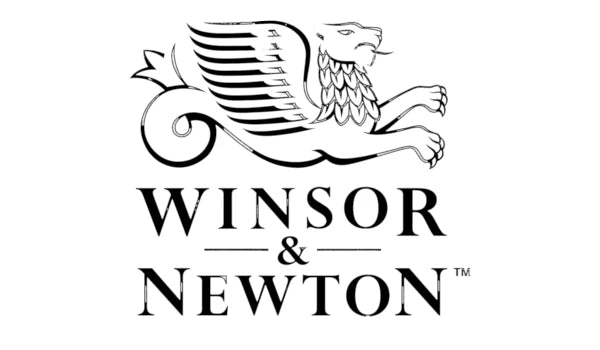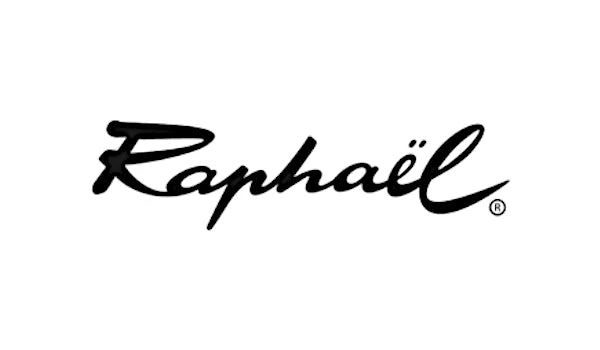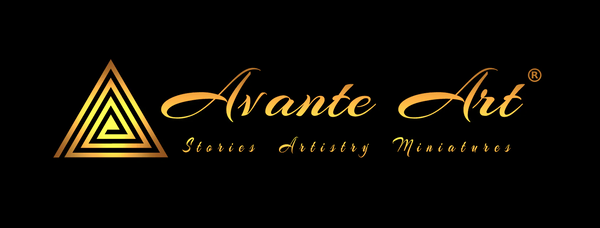
Brushes, Brushes Everywhere
The miniature painting hobby is awash in a veritable sea of advice about what paint brushes to buy, how to care for them and whether one or the other brand or new Kickstarter is the best “magic bullet” to get your miniatures painted better, faster.
In this article we will look at some of the most enduringly popular brushes out there; what makes them different from each other (and many of the other brushes on the market!), and how those differences affect your miniature painting. We'll also be taking this opportunity to look at a fairly new addition to that noble bunch.
I’ll go ahead and say that this article is about natural hair brushes, primarily Kolinsky “Sable.” While there is an equally vast selection of synthetic brushes out there and at least as many opinions on which ones are the “best,” for us here, that will have to be a different article.
The Great Houses of Miniature Painting Brush
There are two “great houses” of miniature painting brush, both alike in their use of the venerable Kolinsky “Sable” hair, and the material for handles and ferrule being nearly identical (and the paint on the brushes itself being eerily similar if you discount the Raphael brushes bright orange tips). The two do, however, differ greatly in their handling and how they use the raw materials they gather for their products.
The first is Winsor & Newton, a fine producer of some of the best brushes on the planet and supplier to HRH Queen Victoria, her favorite size brush being chosen as the name for their entire flagship line “Series 7.” The second is purportedly the oldest fine arts brush manufacturer in Europe, opening their doors in 1793, Raphael 8404/8408 brushes are at least as coveted by your favorite miniature painters as any other brand.
The large differences between these two manufacturers are, to myself, your humble reporter, that the Raphael brushes, firstly, tend to be a bit softer, though with a nice snap and plenty of detail work to be had in a fine point; and secondly, a big belly that often leads to them seeming almost a full size larger than their counterparts in other collections (e.g. a size 1 Raphael 8404 is about the same size as a 2 from Winsor & Newton Series 7).
Meanwhile, Winsor & Newton Series 7 brushes are renowned for their stiffer, laser-like, line laying ability (how’s that for alliteration?). A narrower belly that still holds plenty of paint for anyone but the most demanding out there… and maybe even for them as well.
Avante Art, the Newcomer
These two brush making powerhouses have inspired oodles of other brushmakers out there, and I am taking this opportunity to look at a fairly new addition to that noble bunch, Avante Art. Avante Art has chosen not to imitate just one of these two great monoliths of the hobby, but BOTH! They offer a pair of brush lines: the “Pro” line,and the “Lux” line. Both are available in a common selection of sizes ranging from “0” to “3”, and will easily provide the right sized tool for any miniature painting job.
The “Pro” line has matte black paint on its handle, with silver ferrule and silver paint used for the decorated engraved name and size on the brush. The Kolinsky hair used in these brushes puts me immediately in mind of the Winsor & Newton Series 7, with a stiffer, thin line ability that is really quite striking when you compare the two side by side. Even the sizing of the “Pro” line is roughly equal to the Series 7, so there will be no surprises there if you should choose, like I did, to give them a try. Snappy and with a very fine tip, these brushes still have enough belly to keep you painting for minutes on end and avoid the dreaded dry tip that plagues those itty bitty brushes that folks often reach for to do detail work.
The “Lux” line of Kolinsky “Tajmir” (the exact region in Siberia where the exclusively male weasels hair is harvested) brushes are a fair imitation of the venerable Raphael 8404 brushes that are so difficult to source in the US at the moment. These brushes have that same soft springiness that one expects from the Raphael brushes, and a fine point as well, though less stiff than the “Pro” brush bristles. They have a gold coloured ferrule and similarly, gold painted details on the handle for name and size. Even the sizing for these brushes seems to have been inspired by Raphael, the size 1 from the “Lux” line being roughly halfway between the 1 and 2 sizes of their “Pro” counterparts. With a largish belly that holds loads of paint for an extended working time, these brushes make glazing and basecoating a breeze.
A Great New Option to the Brush World
Are these brushes from Avante Art direct corollaries for their inspirations? Probably not. I think that there is a reason that the Series 7 and 8404 brushes have their place in the pantheon of the finest tools for miniature painting, however, they are not often available, and when they are they are offered at a premium price. I have painted with both of these brushes for years, often reaching for one or the other in the same painting session for different techniques. In these past months I have made a transition to using the Avante Art brushes and have not been disappointed. If you are looking for a substitution for a size that isn’t in stock, or maybe a full on replacement with a brand of brushes that charges you for what they are not what is painted on the side, then I can wholeheartedly recommend these Avante Art brushes as a high quality option for you in these often trying times of brush supply.



